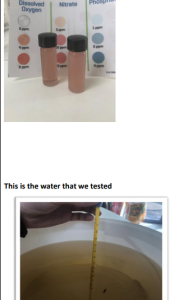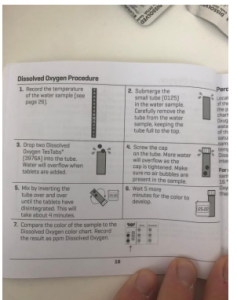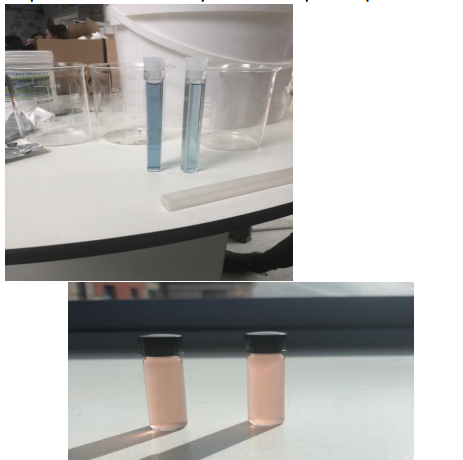Climate Detectives Projects 2022-2023
Project title: The effect on the environment of different slurry systems
Team: Ag Power
Clonaslee College Clonaslee Ireland 4 Student’s age: 16-17 years old
How does different slurry tanker systems effect local water ways on Irish farmland

That the dribble bar is better for the environment than the splash plate. The splash plate slurry spreader is
inexpensive and robust, but it is not environmentally friendly. It releases most of the ammonia (NH3) in
slurry, emits strong odours and distributes the remaining nutrients unevenly. The object of this report is to
identify improvements to slurry spreaders that may eliminate these shortcomings.
In our project we have researched the different types of tanker systems. This is particularly relevant at this
time of year as tankers are getting dusted down again after the winter closed period.
It is well understood that nitrogen is a critical component of our agricultural system with plant life
being dependant on the nitrogen cycle to produce that fresh farm produce from our local farms.
We looked at the difference between splash plate tankers and dribble bar tankers.
It is soon coming into law that splash plate systems are to be phased out and the newer dribble bar systems
will soon be mandatory due to a lesser number of emissions being released into the air.

These are the results that we got from our test: (Note ppm = parts per million)
Dissolved oxygen
Splash plate Water source sample Dribble bar sample
8ppm 4ppm 4ppm
Nitrate
5 ppm 5ppm 5ppm
Phosphate results
1ppm 4ppm 2ppm
It shows that the splash plate has more dissolved oxygen, but the source sample has more phosphate than
the splash plate.

We learned that the splash plate slurry spreader is inexpensive and robust, but it is not environmentally
friendly. It releases most of the ammonia (NH3) in slurry, emits strong odours and distributes the remaining
nutrients unevenly.
We learned that the dribble bar is a series of stiff outlet hoses where slurry is distributed onto the soil
surface.
The hoses trail just above the ground. Benefits of this method include minimal nutrient loss, more accurate
application and less gases being released into the atmosphere.
Projects are created by the teams and they take the full responsibility of the shared data.
← All projects





